Could it be possible that a bird believed extinct for over half a century is still alive, flitting through the shadowy forests of the American South? The Ivory-Billed Woodpecker, once called the “Lord God Bird” for its breathtaking appearance and dramatic presence, inspires awe, hope, and heated debate. The mere suggestion of its return sends shockwaves through the scientific community and stirs the imaginations of birders and nature lovers everywhere. For decades, rumors, eyewitness accounts, and blurry photos have fueled a controversy that simply refuses to die—raising profound questions about extinction, hope, and the power of belief.
The Legendary “Lord God Bird”
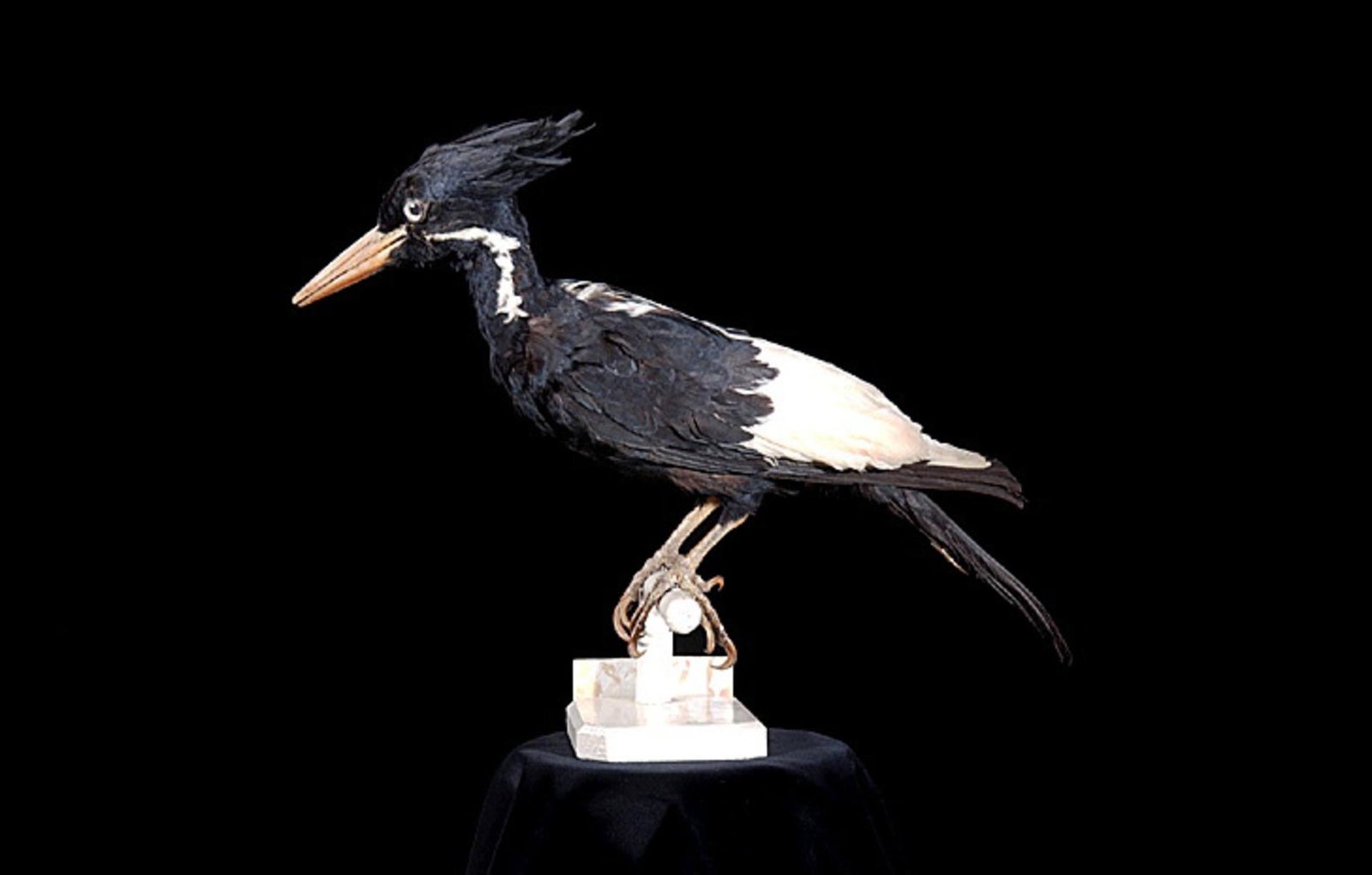
The Ivory-Billed Woodpecker isn’t just any bird. With its enormous size, striking black-and-white plumage, and a gleaming ivory bill, it once ruled the old-growth swamps and forests of the southeastern United States. Early settlers and naturalists would often gasp, “Lord God, what a bird!” when they saw one, a testament to its grandeur. At nearly two feet tall, with a wingspan that seemed to slice through the dense canopy, it was a living symbol of wild America. The bird’s haunting calls and dramatic drumming once echoed in the deep woods, but as forests fell to logging and habitat loss, the Ivory-Billed Woodpecker’s fate grew bleak. Its legacy, however, lives on in stories, museum specimens, and the hearts of those who refuse to let hope die.
Vanished Into Legend: Decline and “Extinction”
By the mid-20th century, most experts considered the Ivory-Billed Woodpecker extinct, a casualty of relentless deforestation and hunting. The last widely accepted sighting was in 1944 in Louisiana’s Singer Tract, after which the bird seemed to vanish forever. Conservationists mourned it as a tragic loss—one of North America’s most dramatic extinction stories. Yet, unlike other lost species, the Ivory-Billed Woodpecker’s story never quite closed. Rumors and whispers persisted, fueled by the bird’s almost mythical status. The forests where it once thrived grew quiet, but the hope for its survival smoldered, never entirely extinguished.
The Sighting That Set the World Ablaze
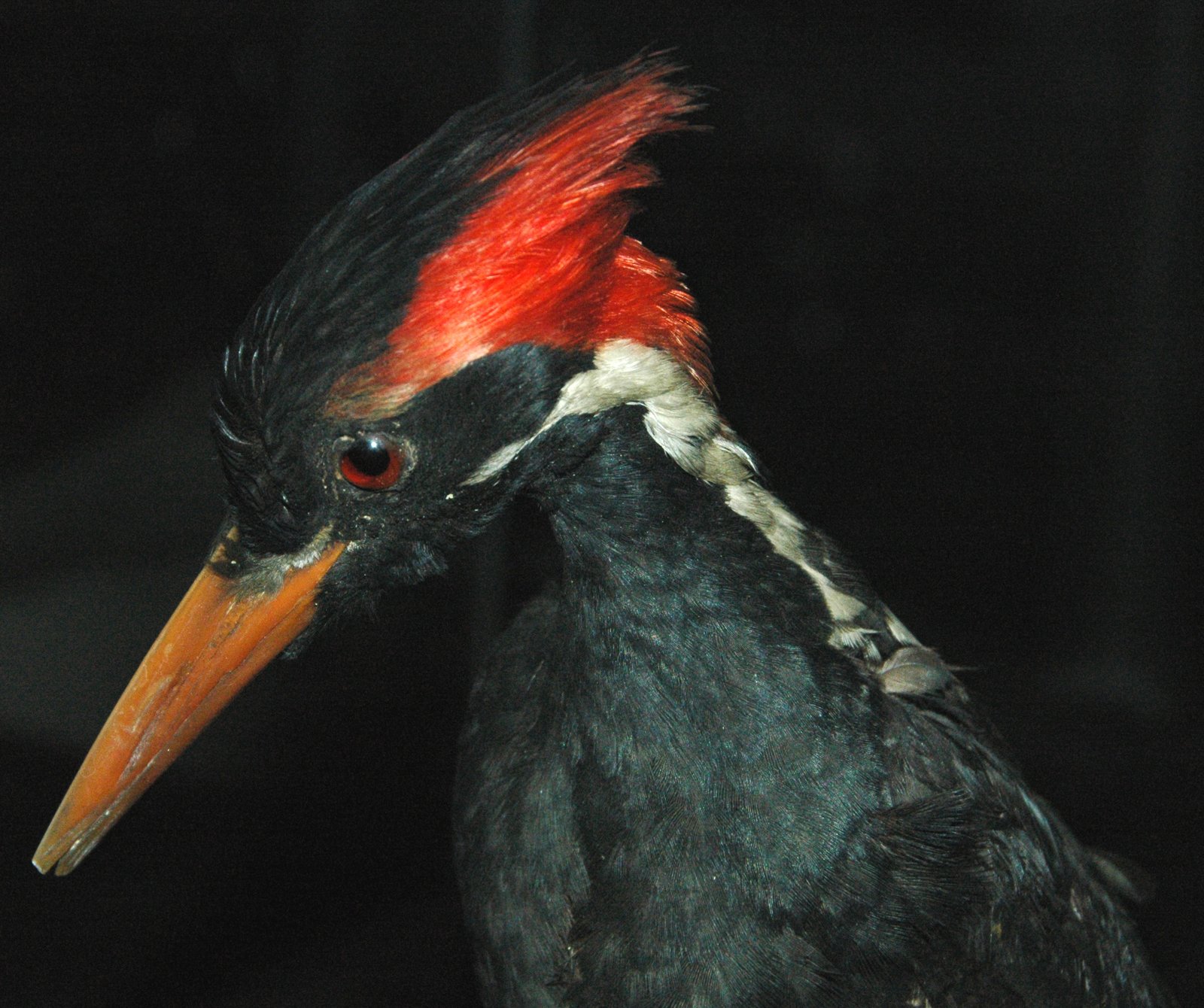
In 2004, hope reignited when a group of ornithologists and birders reported seeing an Ivory-Billed Woodpecker in the Big Woods of Arkansas. Grainy video footage, frantic field notes, and breathless interviews sparked global excitement. The possibility of a “Lazarus species”—an animal thought extinct, suddenly rediscovered—captured imaginations and headlines. Birders flocked to the region, hoping for a glimpse of the legendary woodpecker. The moment felt electric, like a miracle unfolding in real time. For many, it was a sign that nature could still surprise us, even in an age of environmental despair.
Science Meets Skepticism: The Evidence War
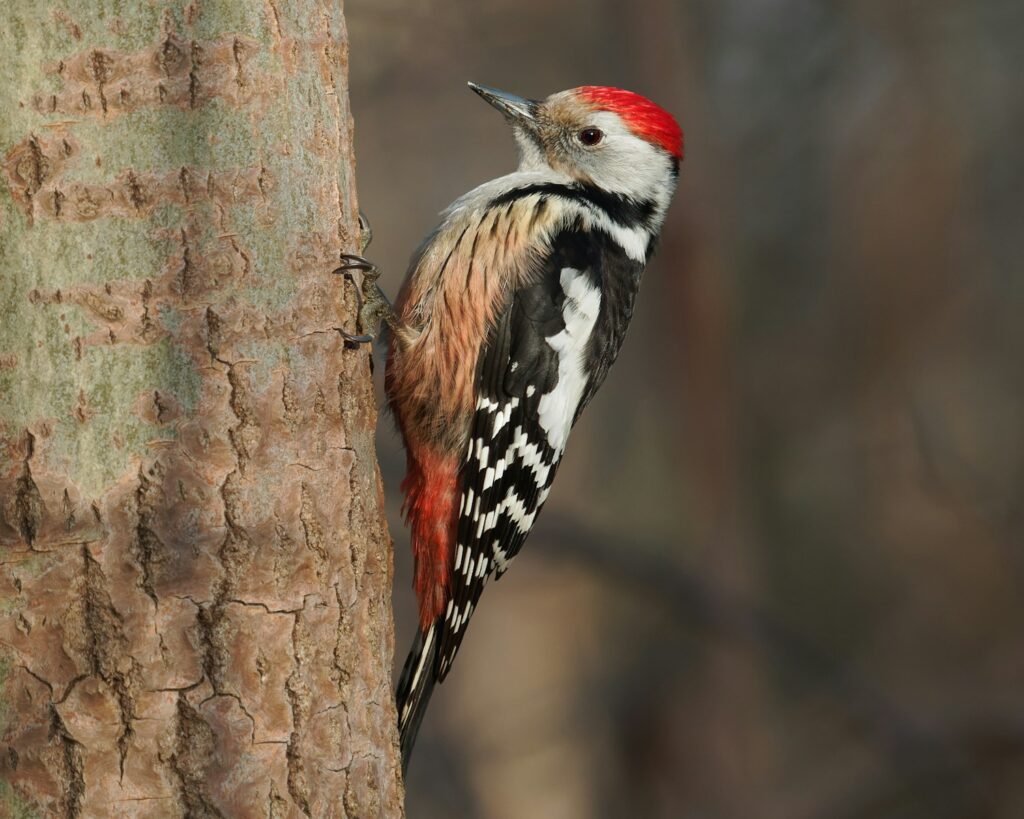
The 2004 Arkansas sighting wasn’t without controversy. Critics pointed to the poor quality of the video and suggested that the bird was more likely a common Pileated Woodpecker, which can look deceptively similar at a distance. Scientific journals filled with passionate arguments on both sides, as experts dissected every blurry frame and field report. The debate became a battleground between hope and hard evidence. For some researchers, the burden of proof was simply too high without clear, incontrovertible photos or feathers. Yet, the persistence of sightings and the intensity of belief kept the controversy alive, stoking a fire that science alone could not extinguish.
The Search Intensifies: Expeditions and Technology

Following the Arkansas reports, teams of researchers, funded by conservation groups and governments, plunged into southern swamps with high-tech gear. Trail cameras, audio recorders, and even drones scoured the forests, hoping to catch a fleeting glimpse or record a telltale double-knock drumming. Volunteers camped in mosquito-choked bottoms and paddled through tangled bayous, driven by the chance to make history. Despite the dedication and millions spent, the evidence remained maddeningly elusive—just out of reach, like a ghost flickering at the edge of vision. Still, every faint sound or suspicious photo rekindled hope that the Ivory-Billed Woodpecker might yet survive.
Blurry Photos and Eyewitness Accounts: Hope or Hallucination?
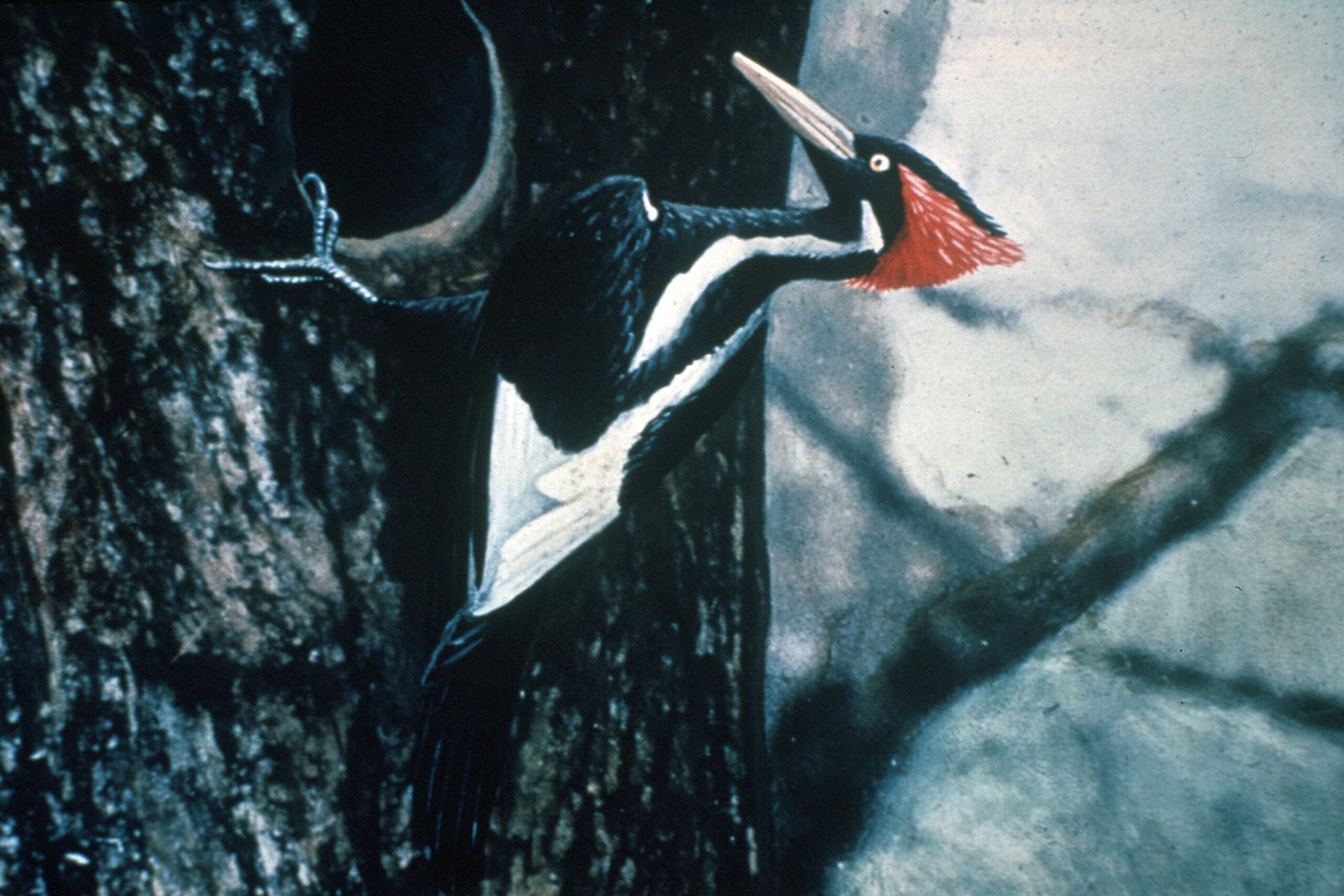
Eyewitness reports of the Ivory-Billed Woodpecker have surfaced for decades, from Louisiana to Florida and even into Cuba. Some accounts are detailed and passionate, describing the bird’s unique flight, color patterns, and unmistakable presence. Others are less clear, open to interpretation or wishful thinking. Grainy photos and indistinct audio clips add to the mystery, tantalizing but never quite convincing. In the world of rare bird sightings, hope can blur the line between reality and imagination. Yet, these stories persist, passed down by generations of hunters, birders, and explorers who swear the Lord God Bird isn’t gone.
Habitat: The Last Wild Strongholds
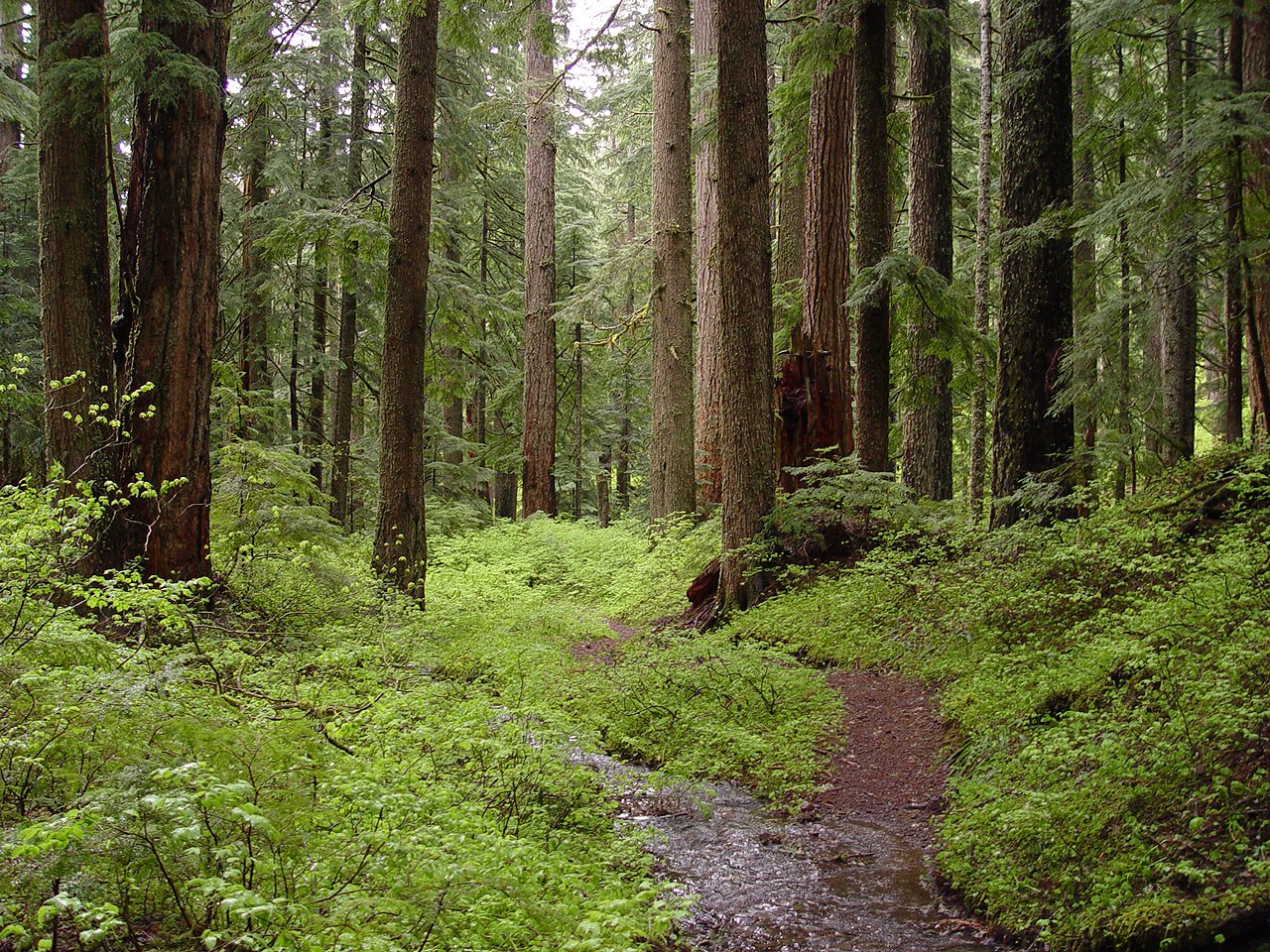
The Ivory-Billed Woodpecker’s fate is tied to the fate of America’s ancient forests. These birds once thrived in vast, untouched tracts of bottomland hardwoods and cypress swamps—habitats decimated by logging and development. Today, only pockets of suitable forest remain, places where old trees and fallen logs still provide the insects and shelter these woodpeckers need. Conservationists have protected some of these areas, hoping they might shelter a hidden population. The search for the bird is also a race against time: as forests shrink, so does the window for rediscovery. The survival of the Ivory-Billed Woodpecker, if it still lives, is a powerful argument for preserving what wildness remains.
Symbol of Hope: Why the Controversy Matters
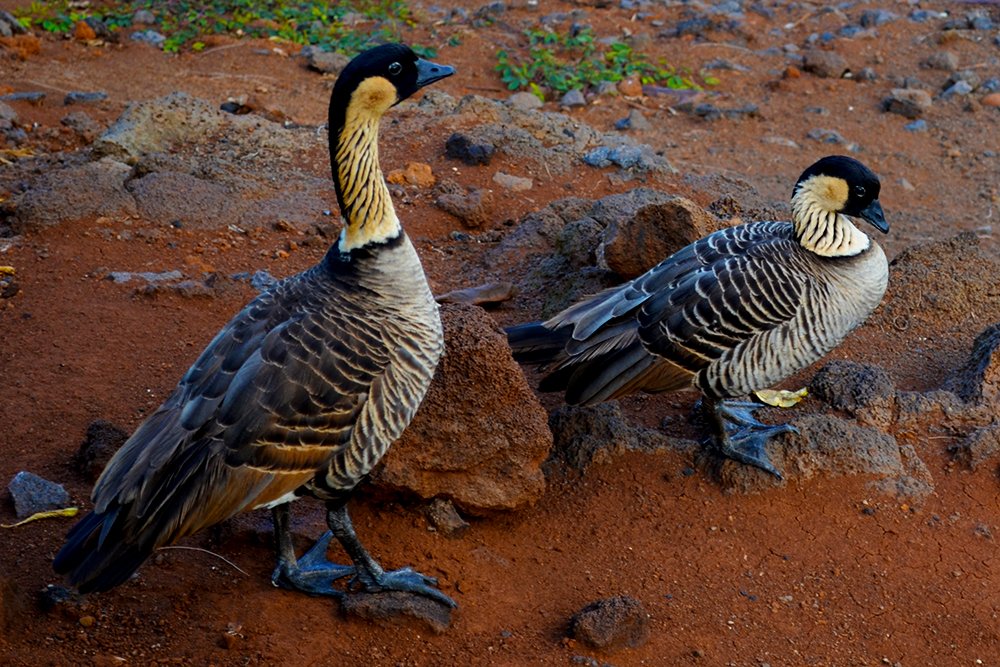
The ongoing debate over the Ivory-Billed Woodpecker is about more than just a bird—it’s a symbol of hope, resilience, and the possibility of redemption. In a world where extinctions seem all too common, the mere chance that a species can come back from the brink inspires conservationists and the public alike. The controversy also sparks important conversations about how we search for, document, and protect rare wildlife. If the Ivory-Billed Woodpecker exists, it challenges us to rethink what’s possible in nature. And if it’s truly gone, it stands as a haunting lesson about what we lose when we fail to protect the wild places of our world.
Modern Conservation: Lessons from the Ivory-Billed Saga
The hunt for the Ivory-Billed Woodpecker has reshaped how scientists and conservationists approach rare and elusive species. Advanced technology, citizen science, and collaborative expeditions have all become standard tools in the search for lost wildlife. The saga highlights the importance of habitat preservation—not just for one species, but for entire ecosystems. Conservation strategies now often focus on protecting large, connected landscapes where rare creatures might survive unnoticed. The woodpecker’s story is a rallying cry for action, reminding us that once a species—or a forest—is gone, it may be gone forever.
The Human Element: Obsession, Belief, and the Power of Myth
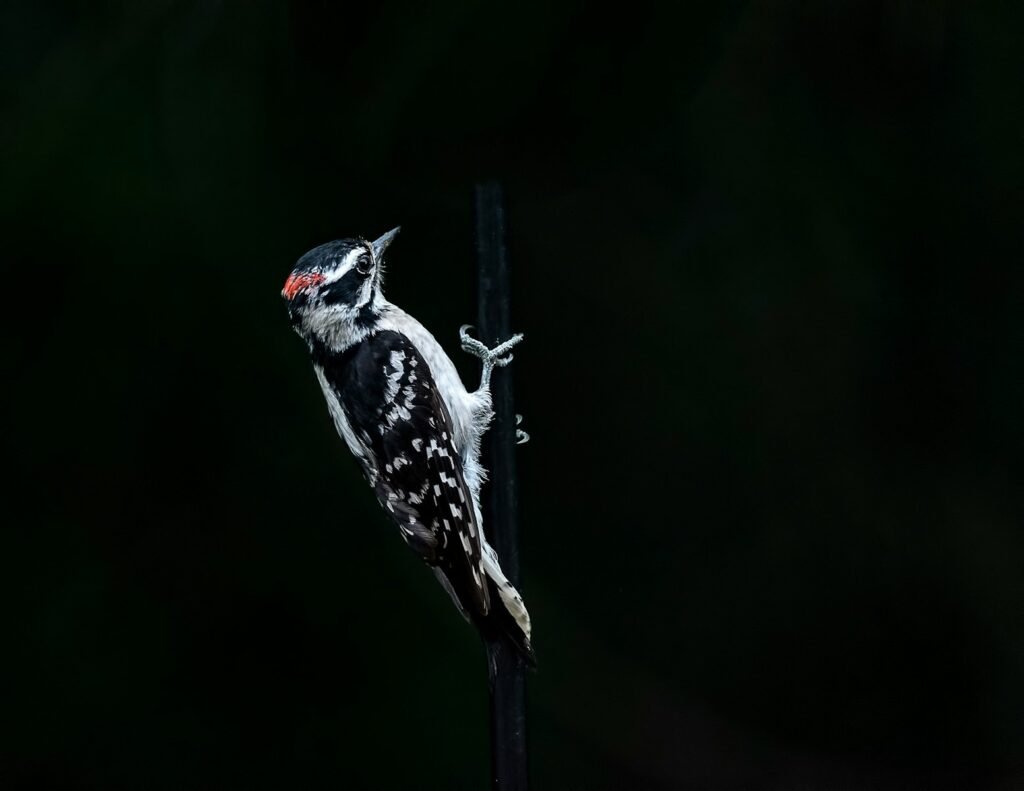
Few birds have inspired such passion, obsession, and debate as the Ivory-Billed Woodpecker. For some, the search becomes a lifelong quest, a blend of science, adventure, and faith. The bird’s legend has seeped into art, music, and popular culture, becoming a metaphor for hope against impossible odds. This emotional connection can drive discovery and conservation—or, at times, cloud judgment and fuel controversy. The enduring fascination with the Ivory-Billed Woodpecker reflects a deep human need for wonder, and a longing to believe that miracles are still possible in a world that sometimes feels diminished.
Recent Claims and the Future of the Search
As recently as 2023 and 2024, new claims and tantalizing clues have surfaced, with researchers presenting audio recordings, possible sightings, and even drone footage from remote swamps in Louisiana and Florida. Each new hint reignites debate, drawing in fresh eyes and eager hearts. Advances in technology—like artificial intelligence for analyzing bird calls—offer hope that more definitive evidence might someday emerge. Yet, the question remains: will there ever be proof strong enough to satisfy skeptics and believers alike? The search continues, blending old-fashioned fieldwork with cutting-edge science, in a relentless quest to solve one of nature’s greatest mysteries.
Why the Ivory-Billed Woodpecker Still Captivates Us
The Ivory-Billed Woodpecker’s story is a tapestry of science, hope, controversy, and human emotion. Even as experts argue and forests change, the possibility—no matter how slim—of its survival keeps imaginations burning bright. The bird stands for everything wild and untamed, for the idea that nature still holds secrets worth protecting. Its enduring mystery challenges us to keep searching, keep believing, and above all, keep fighting for the wild places that shape our world. Would you have guessed a bird could spark such wonder, debate, and hope?




